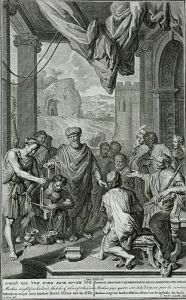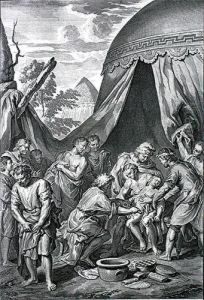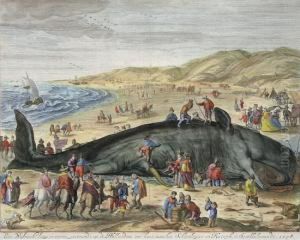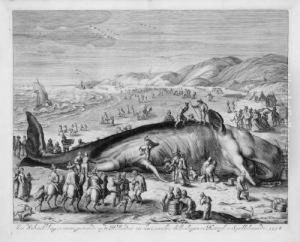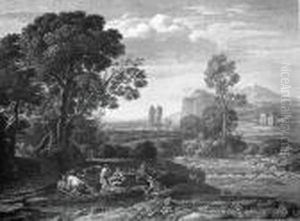Willem Gillem Van Der Gouwen / Paintings
Willem Gillisz van der Gouwen was a Dutch artist born in 1665, a period enriched by the Dutch Golden Age of painting, which saw remarkable activity in the arts in the Netherlands. Despite the prominence of this era, detailed records of many artists like Van der Gouwen remain scarce, and thus, his life and contributions to the art world are not as well-documented as those of his more famous contemporaries. Nevertheless, his work contributes to our understanding of the period's visual culture and artistic expressions.
Van der Gouwen's career is somewhat shadowed by the luminaries of his time, such as Rembrandt and Vermeer, yet he managed to carve out his own space within the Dutch artistic tradition. His oeuvre primarily consists of engravings and illustrations, showcasing a keen eye for detail and a masterful handling of light and shadow, elements that are crucial in the works of the Dutch Golden Age. His engravings often depicted landscapes, portraits, and religious scenes, which were popular themes of the time.
Little is known about Van der Gouwen's training or personal life, which is a common issue when studying artists from this period, especially those who did not reach a high level of fame. It is believed he worked in Amsterdam for most of his career, a bustling center for artists and patrons alike during the 17th century. Amsterdam's vibrant art scene provided ample opportunities for artists to engage in various commissions, from decorative work for the burgeoning middle class to more personal and intimate pieces for private collectors.
Willem Gillisz van der Gouwen's death in 1720 marked the end of his contributions to the Dutch Golden Age of art. Although he may not have achieved the enduring fame of some of his contemporaries, his works remain as a testament to the diverse and rich tapestry of Dutch art during one of its most flourishing periods. Today, his engravings and illustrations can be found in various collections, offering insights into the themes and techniques that were prevalent in the art of his time. His legacy, while subtle, is embedded within the larger narrative of Dutch art history, highlighting the breadth and depth of talent during this golden era.
